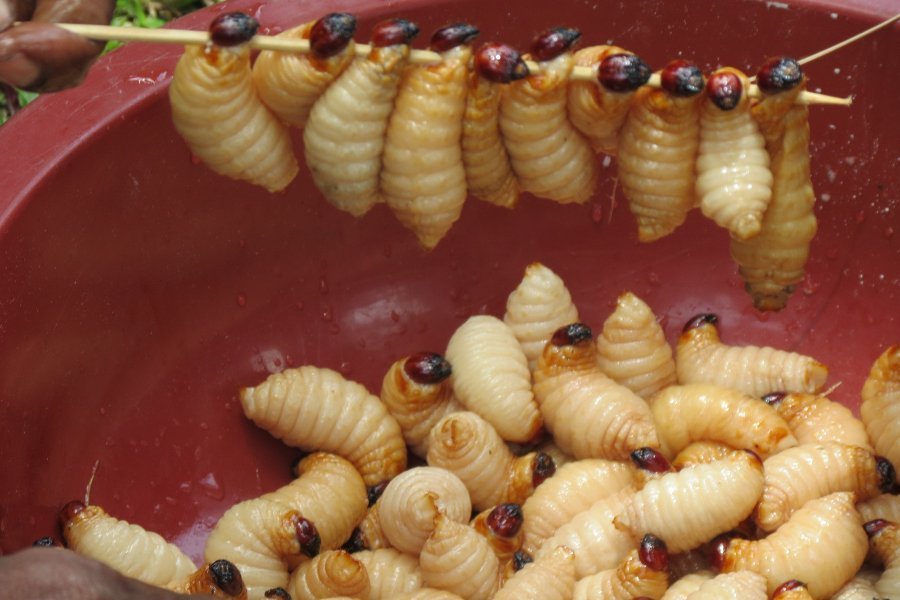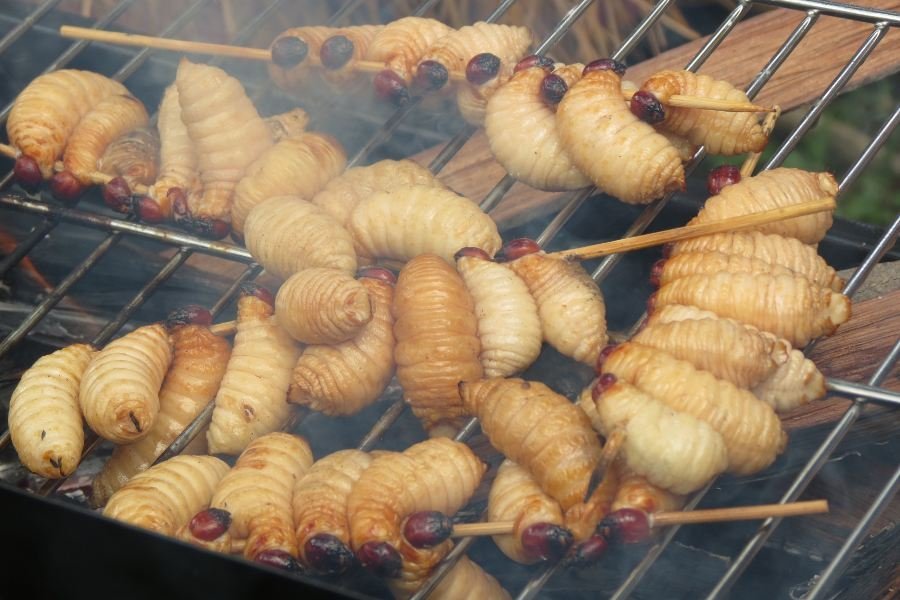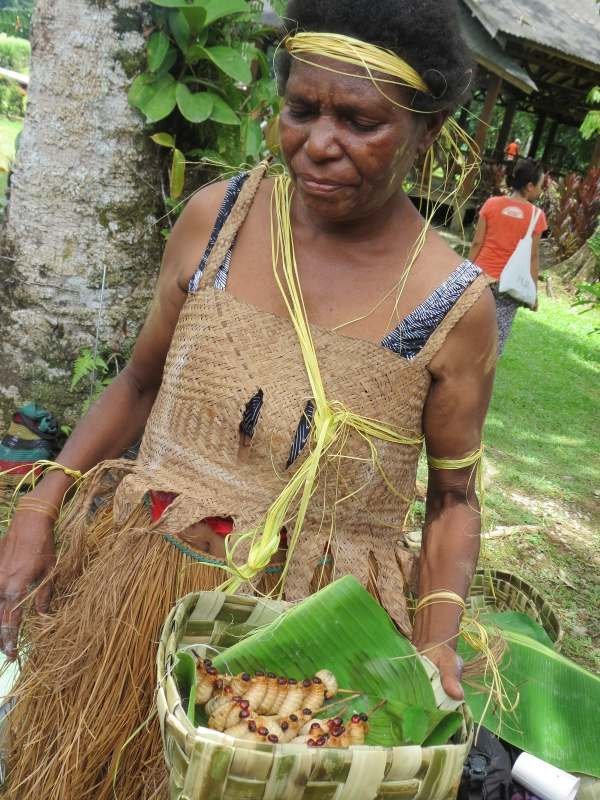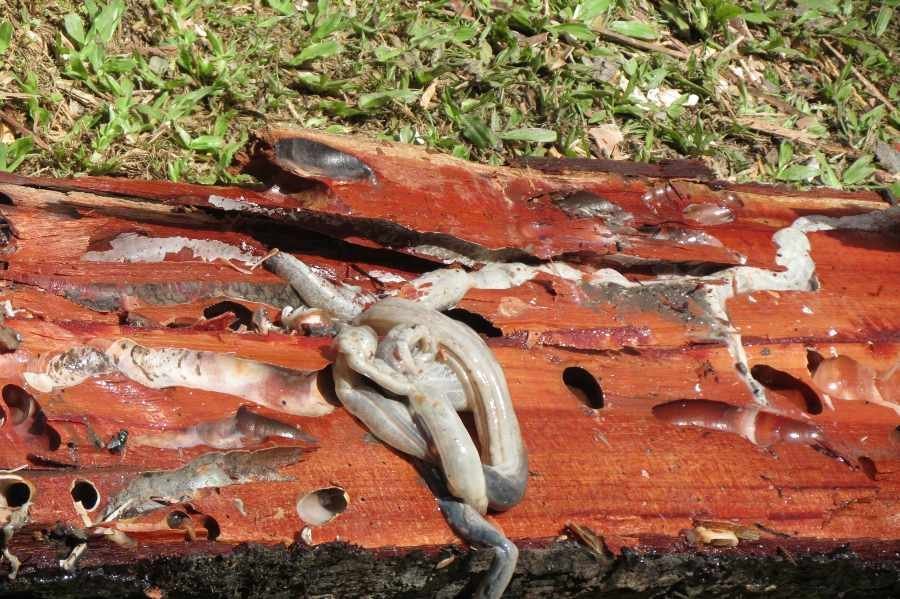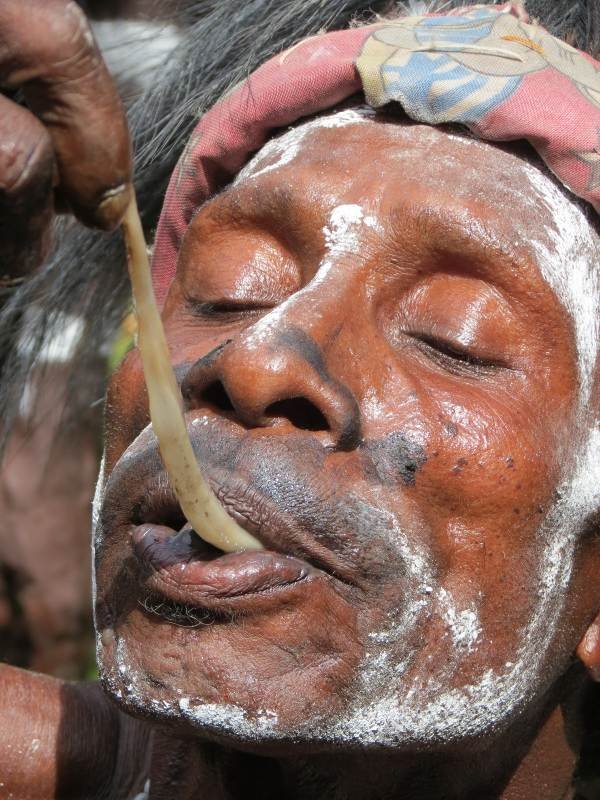Years ago in the highlands of Papua’s Baliem Valley, “tribal war was a
symbol” of maturity and power, says Dr. Semiarto Aji Purwanto, head of
the research division at the University of Indonesia’s Papua Study
Center. In each tribal war, the Dani tribesmen native to the region
would determine who would become a prestigious man – or “big man.”
These men are not tribal chiefs, but men with power. They must be
strong enough to take on a specific task and lead the rituals around it
until their death.
A big man “must demonstrate certain skills,” American anthropologist Marshall David Sahlins wrote in a research paper in 1963. “Some are good at farming, hunting and diplomacy.” But above all, big men must have “magical power, the ability to guide rituals and bravely lead war.”
It’s the story of the Dani that Evi Aryati Arbay explores in her new photo book, “Dani The Highlander.” Ms. Arbay, a tour operator and hobby photographer, first visited Indonesia’s easternmost province of Papua in 2004 as part of a group tour. Over the next decade she made repeated visits to Baliem Valley, and grew close to the Dani people. They even gave her a family name, Mabel.
“Baliem made such an impression on me,” she writes in the Prologue to her book. “Apart from the spectacular scenery, the culture in that place was still untouched. Only a few people could get a chance to get in and out of the Baliem Valley and develop an intimate relationship with the Dani.”
On each weeks-long visit, Ms. Arbay, 34, would take photographs
capturing the daily life of the Dani people. Each year there was a heavy
focus on the Baliem Valley Festival, an annual cultural event marked by mock battles, traditional music and dances and finished off with a pig roast.
Ms. Arbay, who visited several times a year, observed the big men as
they guided important rituals. One big man, for example, was responsible
for leading regular pig slaughters. Others were in charge of
agriculture or hunting – all the tasks outlined by the anthropologist
Mr. Sahlins.
In one photograph, a war leader appears on the top of a bamboo tower: “His eyes continue to watch over his troops; [with] him boldly commanding,” said Ms. Arbay.
Traditions have changed since the days when the wars were a means of gaining power. The battles, which Dr. Aji described as magical and sacred, are now about solving disputes over things like women, pigs or even irrigation channels. The last war, which began in March between the Dani and the Moni, another major highland tribe, lasted until June.
These battles have also become a tourist attraction, drawing visitors and money to the Dani villages. The Baliem Valley Festival, started as a way of raising awareness and understanding about the Dani and the two other tribes that live in the highlands, has been running for 25 years.
The shift these changes have produced is what Dr. Aji calls “cultural disorientation.” For Ms. Arbay, the rituals remain distinctly captivating, regardless of the reasoning behind them. And the Dani, long one of the most feared tribes in Papua, she has found to be warm, smart and welcoming. And that, says Ms. Arbay, is what she wants to share through her pictures.
“My wish of this documentation is only one,” she writes in her book. “Come and visit Papua, embrace the Dani and their world.”
A big man “must demonstrate certain skills,” American anthropologist Marshall David Sahlins wrote in a research paper in 1963. “Some are good at farming, hunting and diplomacy.” But above all, big men must have “magical power, the ability to guide rituals and bravely lead war.”
It’s the story of the Dani that Evi Aryati Arbay explores in her new photo book, “Dani The Highlander.” Ms. Arbay, a tour operator and hobby photographer, first visited Indonesia’s easternmost province of Papua in 2004 as part of a group tour. Over the next decade she made repeated visits to Baliem Valley, and grew close to the Dani people. They even gave her a family name, Mabel.
“Baliem made such an impression on me,” she writes in the Prologue to her book. “Apart from the spectacular scenery, the culture in that place was still untouched. Only a few people could get a chance to get in and out of the Baliem Valley and develop an intimate relationship with the Dani.”
 Dani tribesmen conduct a pig roast, a common tradition in the Baliem Valley in Papua where they live. Evi Aryati Arbay
Dani tribesmen conduct a pig roast, a common tradition in the Baliem Valley in Papua where they live. Evi Aryati Arbay
In one photograph, a war leader appears on the top of a bamboo tower: “His eyes continue to watch over his troops; [with] him boldly commanding,” said Ms. Arbay.
Traditions have changed since the days when the wars were a means of gaining power. The battles, which Dr. Aji described as magical and sacred, are now about solving disputes over things like women, pigs or even irrigation channels. The last war, which began in March between the Dani and the Moni, another major highland tribe, lasted until June.
These battles have also become a tourist attraction, drawing visitors and money to the Dani villages. The Baliem Valley Festival, started as a way of raising awareness and understanding about the Dani and the two other tribes that live in the highlands, has been running for 25 years.
The shift these changes have produced is what Dr. Aji calls “cultural disorientation.” For Ms. Arbay, the rituals remain distinctly captivating, regardless of the reasoning behind them. And the Dani, long one of the most feared tribes in Papua, she has found to be warm, smart and welcoming. And that, says Ms. Arbay, is what she wants to share through her pictures.
 A Dani man sits in front of a honai, a traditional house belonging to the Dani tribespeople, in Papua’s Baliem Valley. Evi Aryati Arba
A Dani man sits in front of a honai, a traditional house belonging to the Dani tribespeople, in Papua’s Baliem Valley. Evi Aryati Arba- By Anastasia Ika
- http://blogs.wsj.com/







